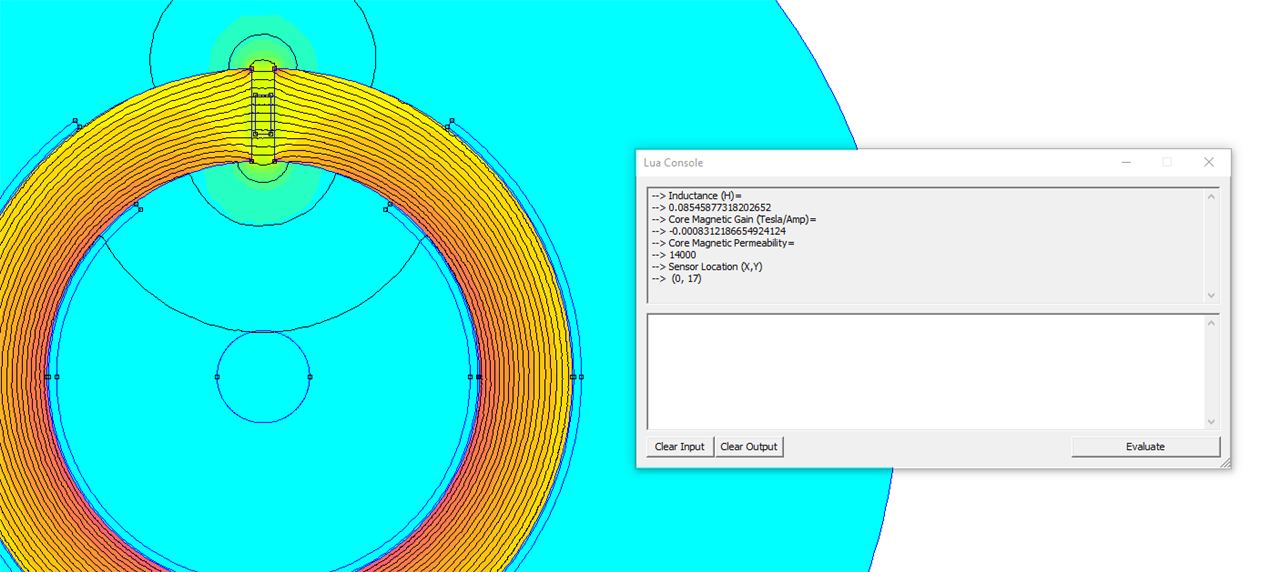Dear TI experts,
I want to use FEM software e.g, ANSYS to simulate closed-loop Hall sensor which is configured with TI DRV411. And this would be electromagnetic joint simulation, where DRV411 is the simulated by simplorer as a circuit and the core coil of the compensation coil are simulated by E&M fields.
However, I don't know how to simulate the behavior of DRV411. Can you experts tell me if there are any ways For example, use its Spice models, etc.
Besides, do you experts know how to simulate the Hall sensor?
Best regards
Yatao




